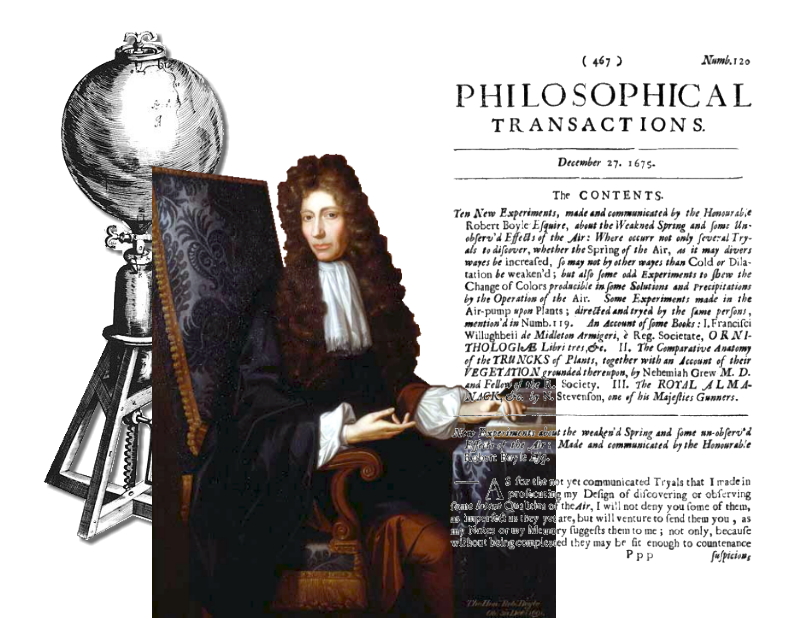Proof Master
On January 25, 1627, chemist, physicist, and inventor Robert Boyle was born in Ireland. He was one of the shakers and movers of the 17th century. It was helpful that he was moneyed and could pursue his interests as he chose. Thankfully for humankind, Boyle chose to do things to benefit humanity.
He was an indefatigable experimenter unwilling to take anyone’s “word”, “theory”, or opinion about something unless he had tested it on his own, written up his results, and published them. He called these “histories” and even published negative results. It was the principle of the thing.
Boyle drove some of his peers to distraction because he didn’t theorize about anything in science. But that was Boyle. Results were everything. The only things. One month it might be extracting fresh water from salt water; the next, it might be mechanics. Boyle pursued a wide range of interests but once interested in a subject, he investigated it carefully… and everyone could read the results in print.
Boyle pursued his own studies throughout his life and learned from reading, experiments, and interactions with those who had studied and were well placed in their fields. Locating to Oxford, then London to live and work were also smart moves.
He challenged the old saw that “nature abhors a vacuum” and with his brilliantly accomplished assistant Robert Hooke, Boyle designed a series of equally brilliant experiments to prove this untrue. Boyle designed, and Hooke executed, a vacuum chamber with an air pump that could remove or add air depending upon what they wished to demonstrate. Then, of course, he published all results and details of his equipment in New Experiments Physico-Mechanicall, Touching the Spring of the Air and Its Effects. Some of his results included showing that air had weight, could exert pressure, and could expand and contract; that sound does not cross a vacuum; that air is required for burning anything; and that animals require it to live.
When a Jesuit critic claimed that ordinary air had no pressure and could exert no power, Boyle, impatient because the Jesuit showed no experimental proof, challenged his view to show just the opposite. Again with Hooke, Boyle designed an additional experiment to physically demonstrate that the pressure and volume of air vary when air is compressed or expanded. Using only “atmospheric air” and a large glass construct, he demonstrated that the pressure of the air and its volume vary inversely. We know this today as Boyle’s Law. Boyle did not pursue his experimentation into other gasses but was content to have dispatched yet another unsupported claim. That was the end of Boyle’s interest in the subject. Except to add this experiment to his next edition of Touching the Spring of the Air.

Along with his constant challenges for proof, Boyle’s enormous experimental output began to shape scientific method in systematic experimentation. No surprise, then, that he was a founding member of the Royal Society of London for the Improvement of Natural Knowledge, today’s Royal Society, the oldest scientific society in the world.
B Bondar / Real World Content Advantage